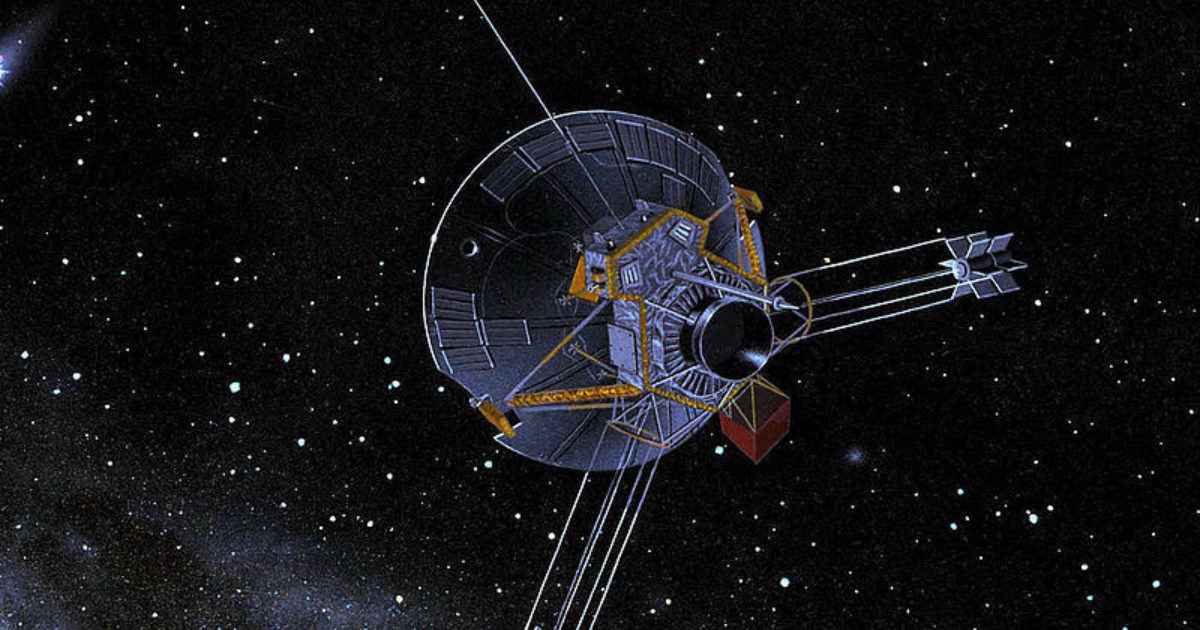Launched on April 6, 1973, Pioneer 11 was a key player in a bold NASA mission designed to take advantage of a rare planetary alignment. Its journey through the solar system in the late 1970s expanded the frontiers of human knowledge, particularly about Jupiter and Saturn, the gas giants that dominate the outer planets.
Mission Goals
Following the success of Pioneer 10, Pioneer 11 was sent to build on that momentum. Its primary objectives were to:
- Conduct a close-up study of Jupiter and Saturn
- Investigate their gravitational fields, atmospheres, magnetospheres, and moons
It was also tasked with navigating the treacherous asteroid belt and performing precision maneuvers for planetary flybys.
Crossing the Asteroid Belt to Jupiter
In March 1974, Pioneer 11 entered and passed through the asteroid belt, a major milestone for deep space travel. Using carefully calculated course adjustments, it positioned itself for a close encounter with Jupiter, which it reached on December 3, 1974, flying just 42,500 km above the planet’s cloud tops.
Jupiter: A Giant Revealed
During its flyby, Pioneer 11:
- Captured some of the first detailed images of Jupiter’s atmosphere and the iconic Great Red Spot
- Explored the polar regions and uncovered how Jupiter’s magnetosphere interacted with the solar wind
- Offered new insights into the planet’s complex atmospheric dynamics
Slingshot to Saturn
After leaving Jupiter’s orbit, Pioneer 11 executed a gravity assist maneuver, using the planet’s immense gravity to alter its path toward Saturn. This next destination would prove just as groundbreaking. On September 1, 1979, the spacecraft passed within 20,900 km of Saturn’s cloud tops.
Saturn: Rings, Moons, and a Frozen World
At Saturn, Pioneer 11 accomplished several historic feats:
- Discovered the elusive F ring and two previously unknown moons
- Measured the planet’s temperature at around –180°C
- Revealed that Saturn’s atmosphere was much calmer compared to Jupiter’s
Its imagery and data helped shape future missions to the ringed planet.
Beyond Expectations: Pioneer’s Legacy
Originally planned for just 21 months, Pioneer 11 remained operational for over 22 years. Some key milestones include:
- Crossing Neptune’s orbit on February 23, 1990
- Sending its final signal back to Earth on September 30, 1995
Its instruments paved the way for future missions like Voyager and Cassini, offering vital intel for interplanetary exploration.
Current Status of Pioneer 11
Today, Pioneer 11 is drifting silently in the direction of the constellation Aquila, more than 17 billion kilometers from Earth. Though no longer active, it remains one of humanity’s most distant emissaries—a testament to human curiosity and ingenuity.




